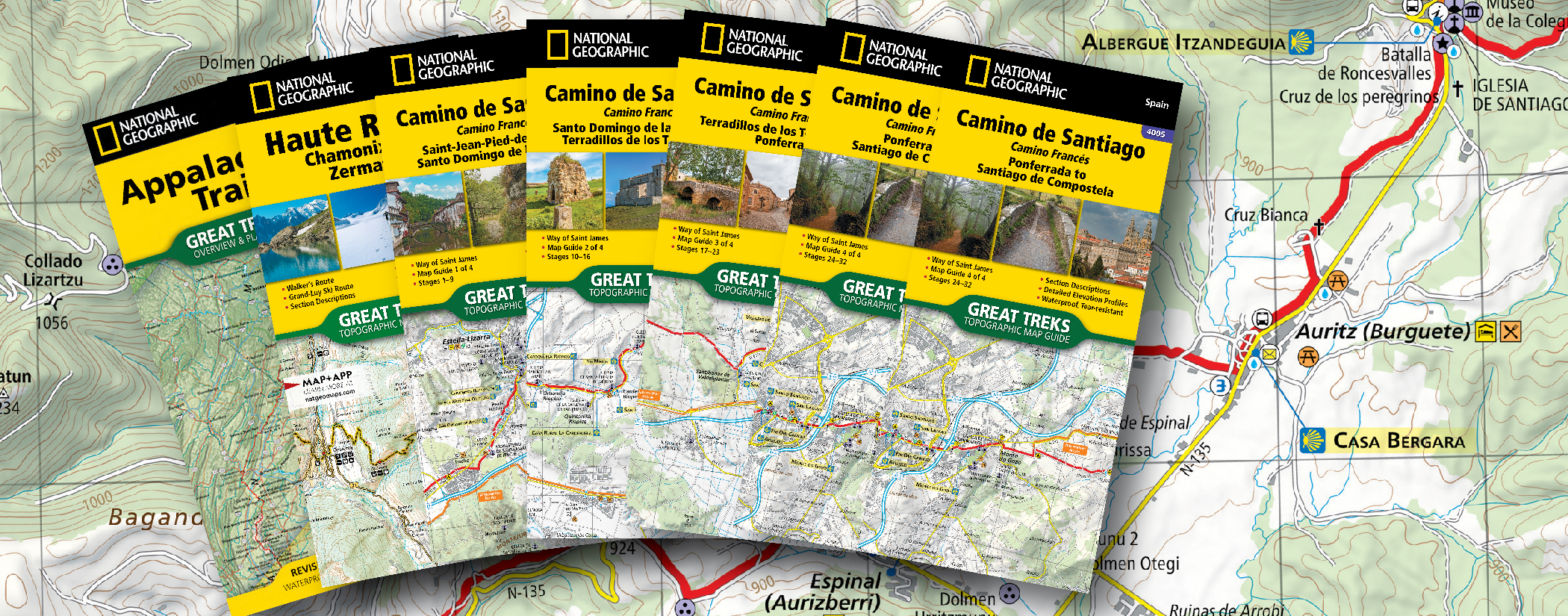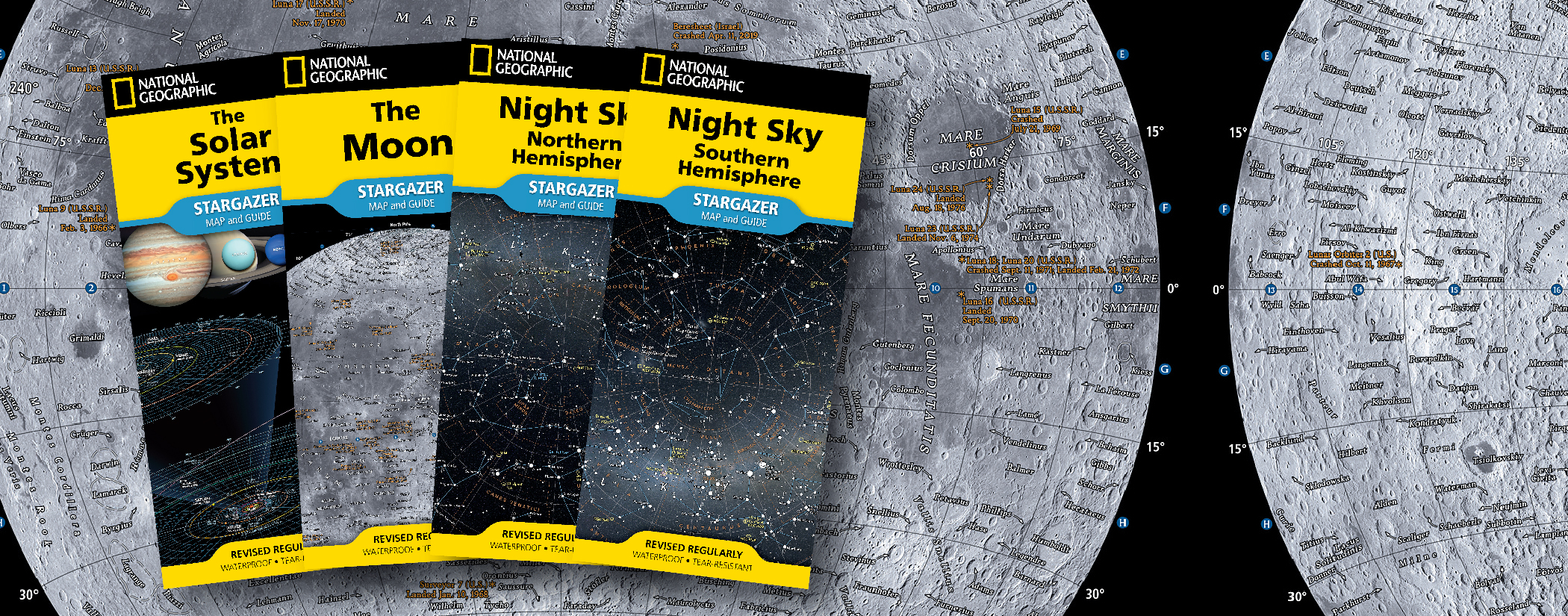Last month, National Geographic Maps finalized our cartographic publication plan for 2025. The 23 new maps that were selected will bring the National Geographic catalog to over 1,000 maps and atlases that will be available in the commercial market.
 The selection and the ensuing publication of new titles is exciting and garners much attention, but the majority of the National Geographic cartographic team’s work is focused on updating and maintaining the expanding catalog. Most updates are planned in advance and if there are surprises such as a new trail system being added to a Trails Illustrated map or an update mandated by the National Geographic Map Policy committee our team can easily pivot and adjust. In some cases, there are national or international events that require immediate attention and thus the best laid plans change. We encountered such an event in 2022 and it continues to be a significant element in our cartographic production cycle.
The selection and the ensuing publication of new titles is exciting and garners much attention, but the majority of the National Geographic cartographic team’s work is focused on updating and maintaining the expanding catalog. Most updates are planned in advance and if there are surprises such as a new trail system being added to a Trails Illustrated map or an update mandated by the National Geographic Map Policy committee our team can easily pivot and adjust. In some cases, there are national or international events that require immediate attention and thus the best laid plans change. We encountered such an event in 2022 and it continues to be a significant element in our cartographic production cycle.
In September 2022, following the final vote by the Board of Geographic Names (BGN), the United States Department of Interior announced the replacement of nearly 650 geographic placenames across all federal lands in the United States (National Parks, National Forests, Bureau of Land Management, etc.,) which contained the word “squaw”, a historically offensive word. Once the announcement was made the BGN referred to the name of the placenames being changed as “sq___”. The BGN also announced that a review process of all derogatory names would be launched.
At National Geographic Maps, our cartographic team had been following this decision closely for several months prior to the announcement and were eager about the challenge to begin making these updates as quickly as possible across our different product lines.
 We first identified which of our maps contained the “sq___” features, and discovered they appeared on nearly 25% of our map titles. As one of the largest publishers of print maps, we recognized early on that managing our existing inventory and continuing to track these changes would be instrumental to accomplishing this update process. Spreadsheets and shared documents are now as common in our production process as GIS and graphics software. Now 18 months after the BGN vote, we have updated more than 100 unique maps with more to follow in 2025.
We first identified which of our maps contained the “sq___” features, and discovered they appeared on nearly 25% of our map titles. As one of the largest publishers of print maps, we recognized early on that managing our existing inventory and continuing to track these changes would be instrumental to accomplishing this update process. Spreadsheets and shared documents are now as common in our production process as GIS and graphics software. Now 18 months after the BGN vote, we have updated more than 100 unique maps with more to follow in 2025.
Everyone in the map business knows how the world is in a constant state of change and the impacts it has on maps, but never in the United States have we witnessed something so monumental nor something so positively impactful as the removal of derogatory placenames. Although this significant change dramatically impacted our production schedules and, thus our business, National Geographic is in complete support of the BGN decision and are extremely proud of how our team has quickly adjusted and addressed the changes. We are prepared for more sweeping changes from the BGN and are excited to be a part of the progress in this new era of cartography.

